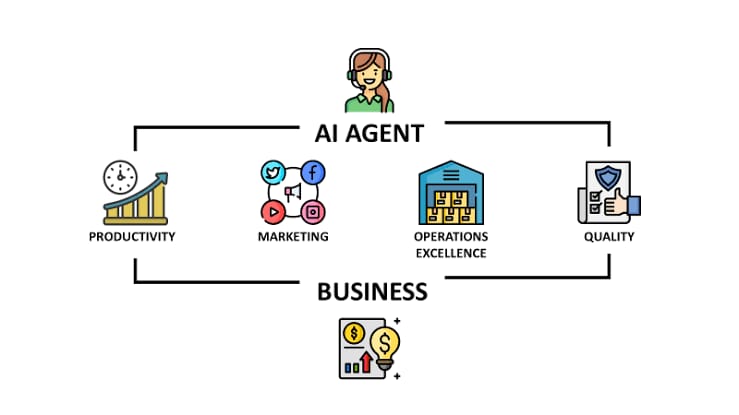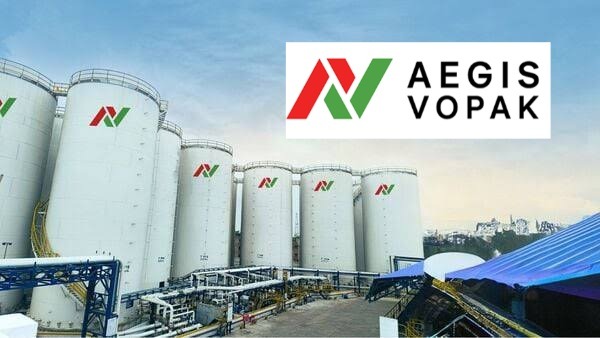 Image Source: Towards Data Science
Image Source: Towards Data Science
As AI agents evolve from experimental tools to indispensable digital colleagues, businesses are racing to integrate them meaningfully into daily workflows. But successful adoption isn’t just about plugging in new tech—it’s about reshaping culture, governance, and strategy. Drawing insights from ZDNet and Forbes, here’s a comprehensive guide to integrating AI agents into your workplace with clarity, control, and confidence.
1. Establish Clear Governance and Usage Protocols
Tim Chilton of Ordnance Survey underscores the importance of structured guidelines. His organization has rolled out Copilot across teams, especially for coding and research. But it’s not a free-for-all—employees are trained on responsible use, and AI deployment is governed by strict protocols. This ensures that generative technologies are used ethically and effectively, particularly in sensitive areas like geospatial modeling and Earth observation data. Governance isn’t just about rules—it’s about enabling innovation within safe boundaries.
2. Build a Culture of Human-AI Collaboration
Snowflake’s Benoît Dageville cautions against blind trust. While AI agents may soon autonomously manage tasks like responding to emails, human oversight remains essential. Leaders must foster a culture where AI is treated as a partner—not a replacement. This means engaging in active dialogue with AI systems, understanding their limitations, and guiding their evolution. Security, access permissions, and platform integrity are central to building trust in AI.
3. Upskill Talent to Manage and Maximize AI
AI agents thrive when paired with skilled human collaborators. Liberal arts graduates, with their strengths in language, critical thinking, and creativity, are increasingly valued in AI-integrated environments. Matt Candy of IBM notes that questioning and innovation will be key as AI frees up time for deeper thought. Training employees in prompt engineering, ethical oversight, and AI literacy ensures that your workforce can harness AI’s full potential.
4. Monitor Performance and Iterate Continuously
AI integration isn’t a one-and-done process. Businesses must track outcomes, gather feedback, and refine workflows. At Ordnance Survey, data science teams are investing in model building and quality assurance to improve future outputs. This iterative approach ensures that AI agents evolve with the organization’s needs, delivering consistent value over time. Metrics, audits, and user feedback loops are essential to this process.
5. Use AI to Elevate Human Potential, Not Replace It
Salesforce CEO Marc Benioff credits his AI assistant with saving hours each day, allowing him to focus on innovation. This is the true promise of AI agents—not automation for its own sake, but augmentation that empowers humans to do more of what matters. Whether it’s summarizing information, handling repetitive tasks, or unlocking insights from data, AI agents should be designed to elevate—not eliminate—human contribution.
Final Thought
Integrating AI agents is as much a cultural shift as a technological one. It requires thoughtful planning, continuous learning, and a commitment to ethical innovation. Done right, AI agents won’t just be tools—they’ll be trusted teammates driving your organization’s future.
Sources: ZDNet, Forbes
Advertisement
Advertisement






